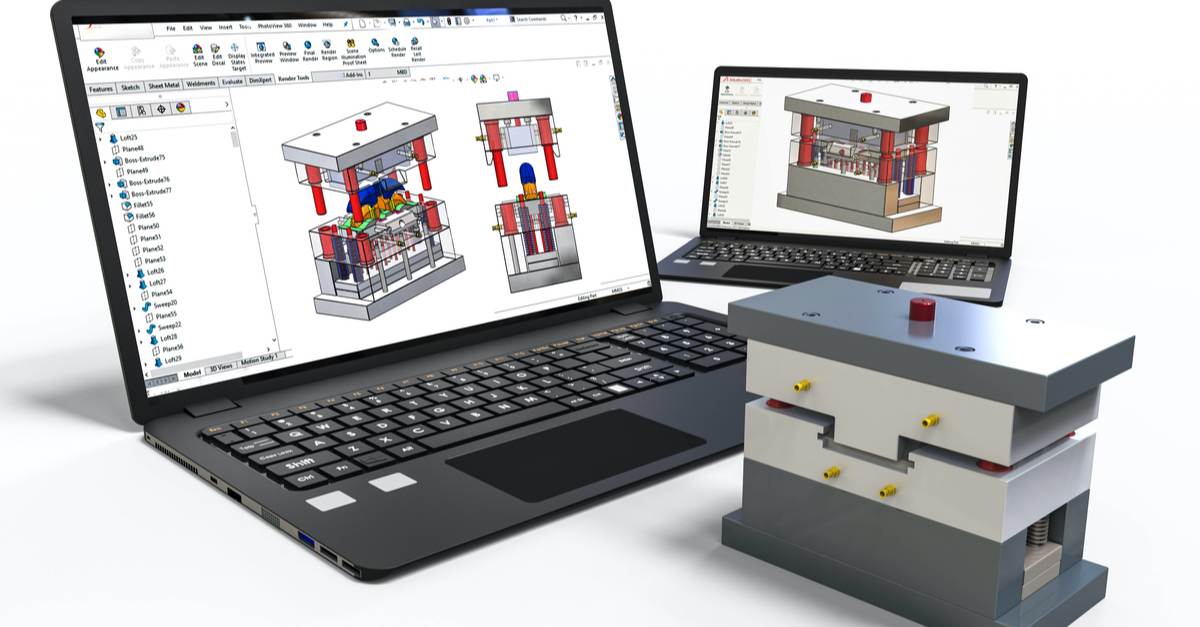In the ever-evolving landscape of design and manufacturing, rapid prototyping has emerged as a transformative force, reshaping how ideas are conceived, developed, and brought to life. Imagine a process that allows innovators to turn sketches into tangible products in just a matter of days, rather than months.
This approach doesnt merely expedite workflows; it fosters creativity, encourages experimentation, and sharpens problem-solving skills. But what exactly is rapid prototyping, and why is it so crucial in todays fast-paced world? As industries strive for efficiency and adaptability, understanding this powerful methodology becomes essential for anyone interested in the future of product development.
Lets delve into the intricacies of rapid prototyping, exploring its underlying principles, techniques, and the significant impact it has on modern design practices.
The Evolution of Prototyping Techniques

The evolution of prototyping techniques has transformed the landscape of product development in remarkable ways. In the early days, designers relied heavily on rudimentary sketches and physical models, laboriously crafted to convey concepts and garner feedback. As technology progressed, the advent of computer-aided design (CAD) revolutionized the prototyping process, allowing for intricate designs and rapid iterations to take shape on screen. Fast forward to today, and we find ourselves in a world dominated by digital fabrication and 3D printing, where ideas can morph from digital files to tangible objects in a matter of hours.
Rapid prototyping services china have further accelerated this transformation, offering cutting-edge technology and efficient production capabilities that push the boundaries of what’s possible. These services not only enhance the speed of prototyping but also provide access to advanced materials and techniques, fueling creativity and experimentation. This rapid prototyping landscape not only accelerates workflows but also infuses creativity into the development process, permitting endless experimentation—a stark contrast to the linear, time-consuming methods of the past. Now, more than ever, the blending of physical and virtual prototyping techniques inspires innovation, helping teams to push boundaries and bring concepts to life at unprecedented speeds.
Common Techniques in Rapid Prototyping

Rapid prototyping encompasses a variety of techniques that accelerate the product development process, allowing designers and engineers to transform ideas into tangible forms swiftly. Among the most popular methods, 3D printing stands out, enabling the creation of intricate geometries layer by layer, often with materials ranging from plastics to metals.
Conversely, computer numerical control (CNC) machining offers precise and durable prototypes, ideal for testing functionality and fit. Additionally, techniques like injection molding facilitate the rapid production of parts, especially useful for high-volume projects, while methodologies such as laser cutting provide fast fabrication of complex designs.
Each technique serves distinct purposes, catering to different stages of product design, hence promoting agility and innovation in an ever-competitive marketplace. The blend of these methods, whether employed individually or in combination, empowers teams to iterate designs quickly, gather feedback, and refine solutions, fostering a culture of creativity and efficiency.
Future Trends in Rapid Prototyping

As we look toward the future of rapid prototyping, several exciting trends are poised to reshape the landscape of product development. One significant advancement is the growing integration of artificial intelligence with prototyping tools, enabling quicker design iterations and more precise customization.
Imagine a scenario where AI analyzes user feedback in real time to suggest enhancements, streamlining the entire creative process. Additionally, the evolution of materials—such as bio-based plastics and advanced composites—will usher in new possibilities, allowing prototypes that not only function better but are also more sustainable.
Companies are increasingly harnessing digital twin technology, creating virtual replicas of physical models to simulate performance before any material is ever cut. This convergence of technologies is not merely enhancing efficiency; its paving the way for wholly new paradigms of innovation.
As industries adopt these promising trends, the potential for rapid prototyping to revolutionize how products are conceived, tested, and manufactured grows increasingly tangible.
Conclusion
In conclusion, rapid prototyping is an essential tool in todays fast-paced design and manufacturing landscape, allowing companies to innovate and iterate more efficiently than ever before. By transforming ideas into tangible prototypes, businesses can test functionality, gather valuable user feedback, and reduce time-to-market.
The growing demand for rapid prototyping services, particularly from countries like China, reflects the increasing importance of speed and flexibility in product development. As technology continues to advance, embracing rapid prototyping will not only enhance creativity but also play a crucial role in maintaining a competitive edge in an ever-evolving marketplace.




